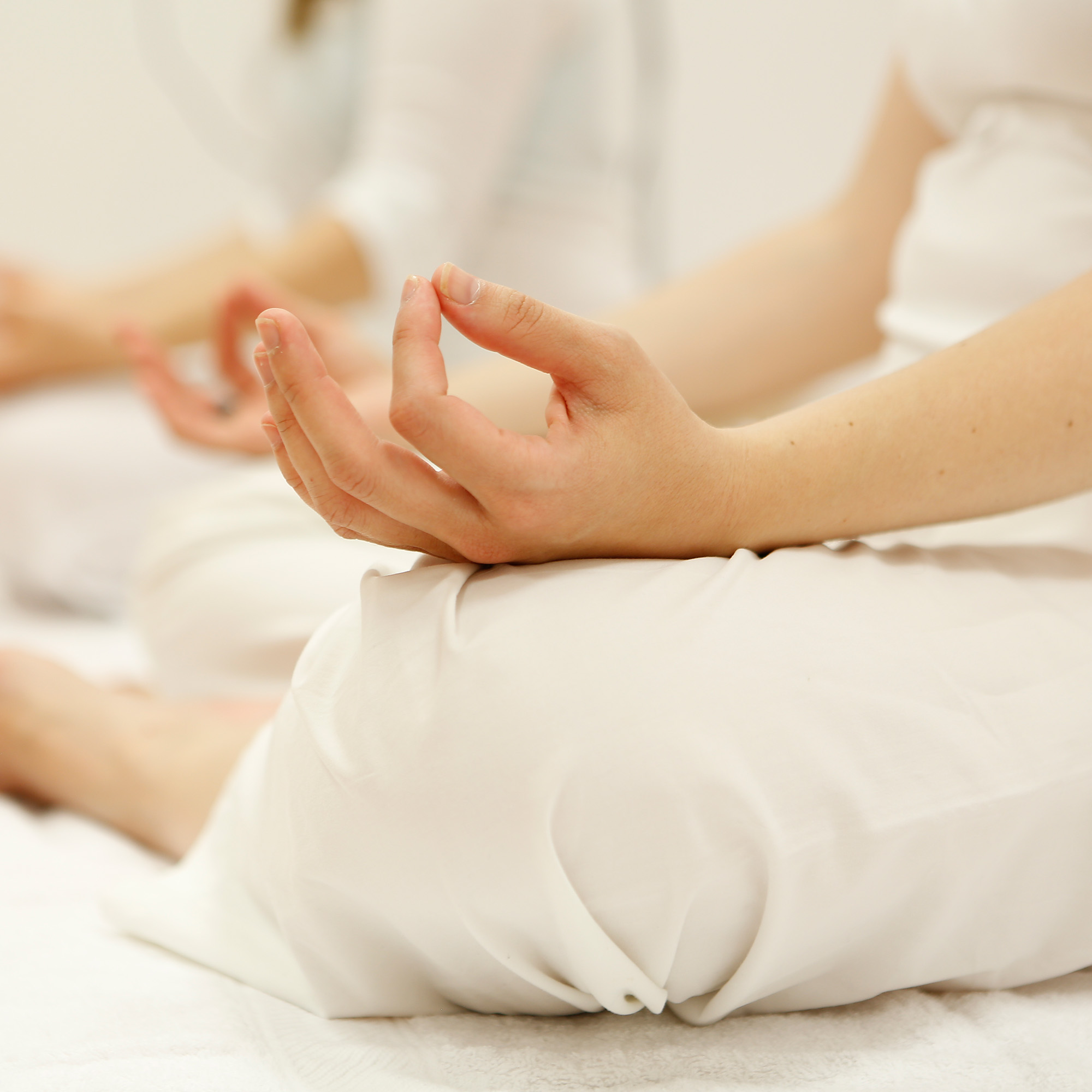
06 Jun Kundalini yoga:
 Maybe this sounds familiar to you
Maybe this sounds familiar to you
- I am bored of exercising, I would rather practice something deeper.
- I feel that my body is rigid and it is hard to enjoy daily things.
- I live with stress and I somatize it (in my skin, digestive system, lowered immune system, headache, physical discomfort…).
- I feel anxiety, chest pressure, lack of general motivation..
- I need to balance myself physically and energetically
- My actual habits are preventing me from developing some important aspects of my life. It feels like if I was self-boycotting me.
Kundalini yoga helps you to achieve balance at these levels:
Emotional
- Increase of your emotional state balance. Acknowledgment of those and control of impulsive reactions.
- Recovery of your own peace and security.
- Decrease of your internal and external limitations.
Physical
- Your body awakes and you can feel it. You change pain for vitality and lightness.
- You become aware of your posture and projection.
- Your flexibility is enhanced.
- You recognize and reduce muscular tension.
- You increase the capacity of your lungs.
Mental
- Realization of automatic limiting thoughts in order to break them up.
- Decrease of stress and anxiety, handling yourself better in the situations that normally cause them.
- Application of the skills you develop when you are in daily situations.
- Expansion of time: your mind is more effective, you manage yourself in a more effective way and with less effort.
What is kundalini yoga
Kundalini Yoga is a dynamic and powerful yoga, it is perfect for daily life, in which all of us deal with challenges: work, family, relationships, social and economical environments, etc.
It combines gracefully:
- It combines gracefully:
- Mudra (hands and arms poses).
- Drishti (eyes focus).
- Mantra (sound vibration)
- Bandha (physical contraction/lock).
- Asana (posture).
Objectives:
- Balance of the endocrine system.
- Strength of the nervous system.
- Expansion of lungs capacity.
- Purification of the blood.
- Resultado: Result: Balance of body, mind and Being.
How are kundalini yoga classes
A Kundalini Yoga class, has these parts: opening, warm up, kriya (exercises series), relaxation, meditation and closure.
Kriya means ‘complete action’. In a kriya, different elements are combined (asana, pranayama, mudra, mantra, drishti and bandha) to achieve a specific objective as, for instance: get rid of fear, expand your lung capacity, stress relief, obtaining emotional balance, to stimulate pituitary gland, the digestive system balance, stimulation of lymphatic system, make the heart stronger, etc.
This way, a kriya starts a sequence of mental, physical and emotional changes. Those changes affect our organism in a positive way and enhance our whole balance. Each kriya has a specific objective. However, all of them are affecting all levels of our Being.
The effects of the kriya prepare yourself to meditative state, making easier being in the ‘easy pose’ (meditative pose with crossed legs). All the exercises you are doing during the kriya, are changing the chemicals of your blood thanks to endocrine system stimulation and, all that, helps you to optimize your concentration.
“Kundalini Yoga experience does not mean that you are going to go through a deep trance and that you are going to be beyond this world. It helps you to integrate yourself in this reality, giving you a wider vision and the sensibility to act in a more efficient way”. (Yogi Bhajan)
How do i work
I adapt the practice to group needs, listening to the general requirements of the moment in which we are. I do not feel comfortable following dogmas, so I teach class in a flexible way, being coherent with the moment.
I adapt the practice to group needs, listening to the general requirements of the moment in which we are. I do not feel comfortable following dogmas, so I teach class in a flexible way, being coherent with the moment.
I adapt the practice to group needs, listening to the general requirements of the moment in which we are. I do not feel comfortable following dogmas, so I teach class in a flexible way, being coherent with the moment.
I adapt the practice to group needs, listening to the general requirements of the moment in which we are. I do not feel comfortable following dogmas, so I teach class in a flexible way, being coherent with the moment.


